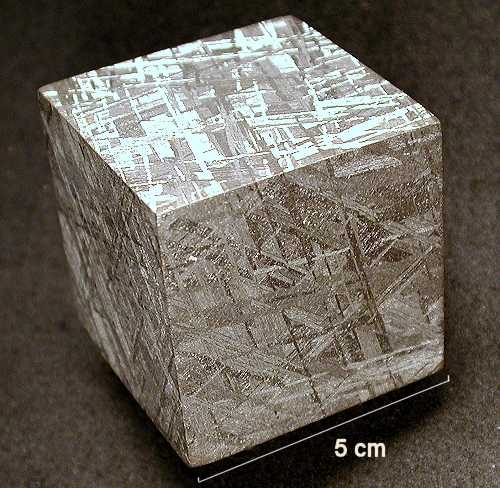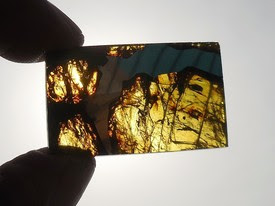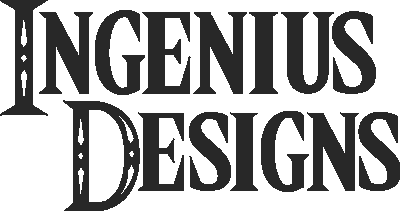When I wrote my post on Nimrodel’s sword, I said I’d likely do some more elvish stuff in the future. Wouldn’t you know it, just a few months later and I couldn’t help myself: Here is yet another accessory for a lovely elven cosplay.
In Tolkien’s The Lord of the Rings, the elvish race has a deep and abiding attachment to the stars and many elf maidens are described in celestial terms. Arwen (daughter of Lord Elrond and lover of Aragorn) was described thus:
“The light of stars was in her bright eyes, grey as a cloudless night… Above her brow her head was covered with a cap of silver lace netted with small gems, glittering white… She was called Undomiel, for she was the Evenstar of her people.”
This is likely the language that inspired the Evenstar pendant featured in Peter Jackson’s LotR film trilogy.

Replica of the film prop, available from: Aliexpress.
Arwen herself was considered to be the spitting image of the ancient maid Luthien Tinuviel, who forsook her immortality for a short but happy life with her lover Beren.
Of her it was said:
“Tinuviel was dancing there
To music of a pipe unseen,
And light of stars was in her hair,
And in her raiment glimmering.”
Finally, the Lay of Nimrodel contains similar poetry:
“A star was bound upon her brows,
A light was on her hair
As sun upon the golden boughs
In Lorien the fair.”
I have always loved this imagery of plucking a star from the heavens—–or perhaps catching a fallen star—and setting its light in the hair of one’s lady fair. This hair barrette is both the literal and figurative realization of that image.
Media error: Format(s) not supported or source(s) not found
Download File: https://ingeniusdesigns.com/wp-content/uploads/2017/10/Star_of_Nimrodel_Turnaround1.mp4?_=1Although the piece would be worthy of any elvish maid (or any man’s beloved), I named it after Nimrodel, since I have already created a sword for her character, and her tale—both beautiful and tragic—continues to inspire my creativity.
Plucking the Stars
My creation is not just inspired by heavenly imagery, it is literally made up of celestial material.
Shooting stars (or more properly, meteorites) come in several different forms. They are typically composed of iron of one form or another, which can have many beautiful formations.

One type of meteorite contains Widmanstatten structure (crystallization of Nickel & Iron). Image from: meteorlab.com.
The most beautiful meteorites, however, contain more than iron. Some rare meteorites known as pallasite also have beautiful green olivine crystals.
For my purposes—capturing starlight in a hair ornament—no other option would do, and I purchased a lovely museum quality specimen taken from the Fukang meteorite.

As you can see, this particular specimen is primarily olivine, but is also dashed through with some brilliant reflective iron.
The Fukang specimen is the highlight of the creation, but more stars than one are captured in the final piece. The six faceted gems flanking the central specimen are also olivine crystals from the Seymchan and Admire meteorites.
Capturing the Night
Those of you familiar with much of my work will recognize that putting meteorites in my star-themed creation is, for me, uncharacteristically literal.
I usually trade pretty heavily in symbolism, and (never fear) this piece is no exception.
The dark of night was represented by black water buffalo horn from which the barrette was carved.

The main horn element before I added any of the crystals.
Horn like this has a silvery chatoyancy which mimics the luster of a starry sky
This was my first time carving horn and I learned a lot from the experience. In an upcoming post, I’ll explain how I created the whole thing from start to finish.
The designs decorating the horn may look abstract, but they actually represent the entire celestial snowglobe.
Most of my concept art contained motifs of wings and a curve of three stars.

The wings represent the constellation Pegasus, which is visible in the summer.

Image from: Tes.com.
The curve of three small faceted crystals—two large and one small—come from the belt of Orion, a winter constellation.

Orion’s belt. Image from: NASA.
Right side up or upside down both of these motifs are visible, pulling the whole night sky into the design.
The final element of the design is two pieces of jade set into the sides. My choice of jade has nothing to do with stars, of course, but it was a green stone I could carve without feeling like I was wasting precious meteorite. What’s more, jade is one of my favorite stones and holds a personal significance to me.
Summary
The quest of the cosplayer is to transform ideas from books and two-dimensional images from the screen into living, breathing reality. It may be small, but the Star of Nimrodel epitomizes this ideal.
This hair ornament may not be the fanciest you’ve ever seen, but it is both the literal and figurative embodiment of a poetic sentiment—plucking the very lights from the heavens and setting them about the hair of one who mirrors their loveliness.

This post is only a brief introduction to the thought that went into this creation. I took pictures of it at every stage along the way and look forward to sharing a thorough how-to with any of you who might feel inspired to craft something similar.
I’m definitely not the only artist who feels driven to infuse his creations with symbolism. Comment below and let me know the deeper meaning to some of your work!







